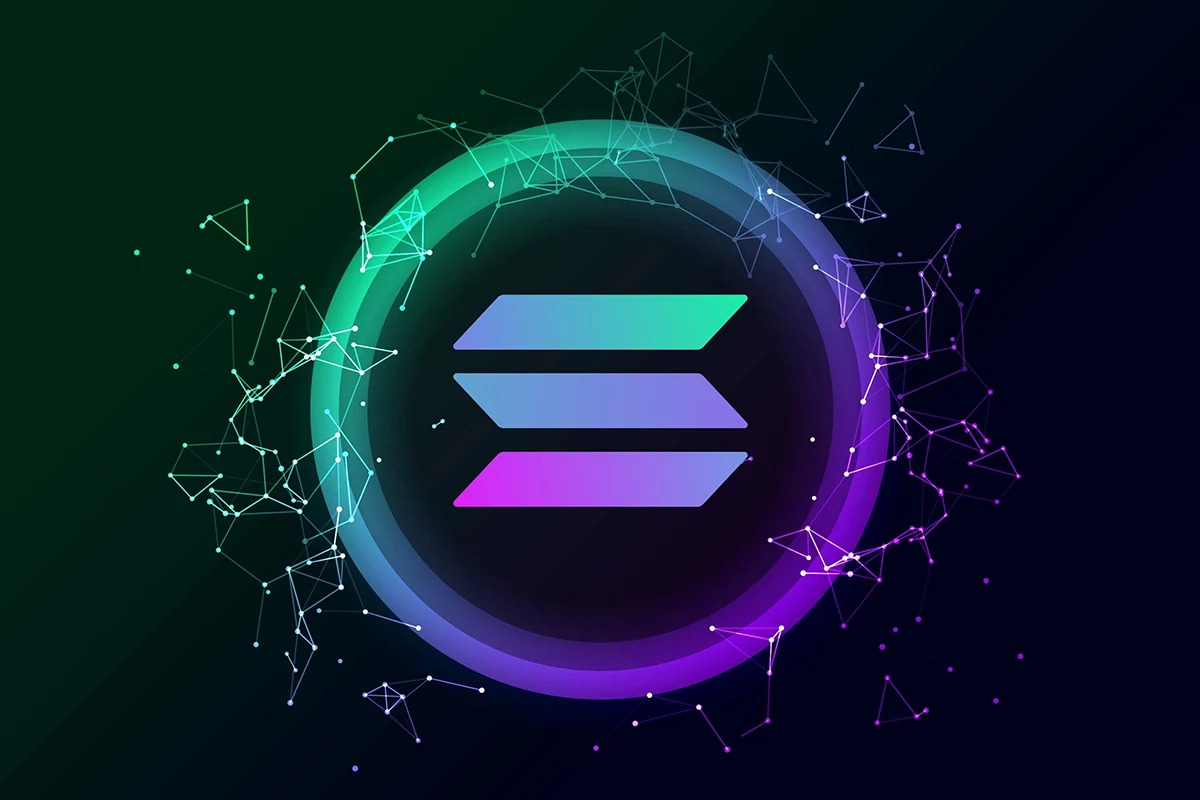OLA ELECTRIC MOBILITY LTD (OLAELEC.NS): Shares Fall 7.1% After SoftBank Cuts Stake
TLDRs:
- Ola Electric shares fell 7.1% after SoftBank reduced its stake to 15.68%.
- The stock hit a low of ₹59.32 amid broader shareholder sell-offs.
- Revenue halved to ₹828 crore (approx. $99 million) in Q1 FY26; net loss widened to ₹428 crore (approx. $51 million).
- PLI approval for Gen 3 scooters expected to improve profitability from FY26.
Shares of Ola Electric Mobility Ltd (OLAELEC.NS) slid sharply on Thursday, falling 7.1% to close at ₹59.92 on the BSE.
The decline comes after Japanese investment firm SoftBank trimmed its stake in the electric scooter maker by 2.15%, lowering its total holding to 15.68%. The sale involved 94.94 million shares, executed between mid-July and early September, according to regulatory filings.
SoftBank remains the second-largest shareholder after founder Bhavish Aggarwal, who holds a 30.02% stake in the company. While the Japanese investor reduced exposure, it still retains over 691 million shares, signaling continued confidence in Ola Electric’s long-term prospects.
 OLA ELECTRIC MOBILITY LTD (OLAELEC.NS)
OLA ELECTRIC MOBILITY LTD (OLAELEC.NS)
Other Investors Join the Sell-Off
SoftBank was not the only investor to reduce holdings in Ola Electric. Early-stage investors, including Tiger Global and Alpha Wave, along with automobile giants Hyundai and Kia, also trimmed their stakes over the past few months.
The combined effect of these sales created downward pressure on the stock, despite recent positive developments in the company’s operations.
The market capitalization of Ola Electric currently stands at ₹26,998.69 crore (approximately $3.2 billion). The 52-week high for the stock was ₹123.90 per share, while the low was ₹39.58, highlighting the volatility in the EV segment and investor sentiment around new-age Indian mobility companies.
Financials Show Revenue Dip, Loss Expansion
Ola Electric’s latest quarterly results added to investor caution. For Q1 FY26 (April–June), the company reported a consolidated net loss of ₹428 crore (approximately $51 million), up 23% from ₹347 crore in the same quarter last year. Revenue from operations nearly halved to ₹828 crore (approximately $99 million) from ₹1,644 crore in the year-ago period.
Although the company undertook aggressive cost-cutting measures, bringing total expenses down by 42% to ₹1,065 crore (approximately $128 million), the steep decline in revenue outweighed these savings.
Analysts note that while the company’s fundamentals remain under pressure in the near term, its long-term growth prospects hinge on EV adoption and regulatory incentives.
PLI Approval to Support Future Growth
Despite the short-term sell-off, Ola Electric has received regulatory approval for its Gen 3 scooter portfolio under the government’s Production Linked Incentive (PLI) scheme. This approval allows the company to access incentives worth 13–18% of sales value until 2028, a critical step towards improving profitability from FY26 onwards.
The Gen 3 scooters, which contribute the majority of the company’s sales, have been central to investor optimism in recent months. Even with the current decline, Ola Electric shares surged over 55% in the past month on the back of strong trading volumes and positive technical indicators.
Promoters continue to maintain significant control, with a combined stake of 36.78%, while other investors such as Ani Technologies and Indus Trust hold smaller stakes. Market watchers are now closely monitoring quarterly performance and production ramp-up under the PLI scheme for signs of a sustained recovery.
The post OLA ELECTRIC MOBILITY LTD (OLAELEC.NS): Shares Fall 7.1% After SoftBank Cuts Stake appeared first on CoinCentral.
You May Also Like

Solana ETFs Market Grows with Fidelity and Canary Marinade’s New Funds

XRP analysts shift 2025 outlook as liquidity models evolve

